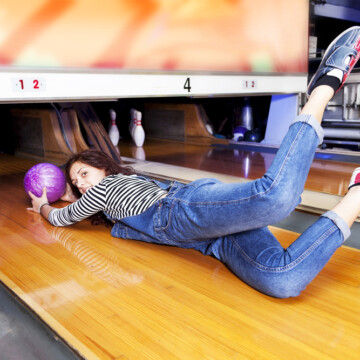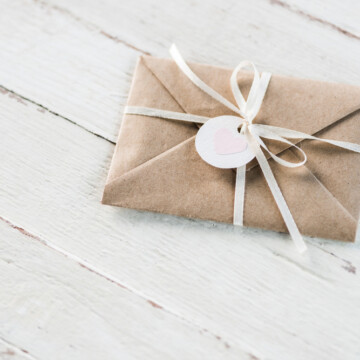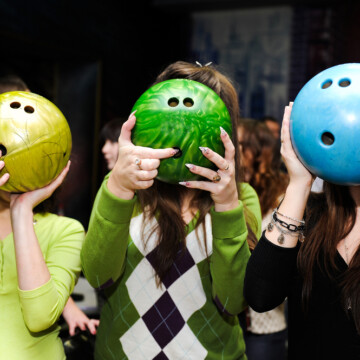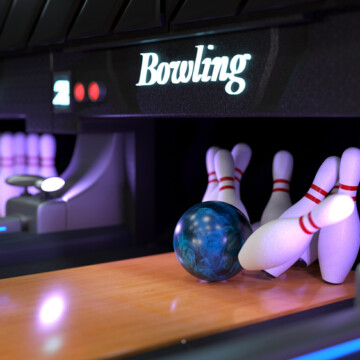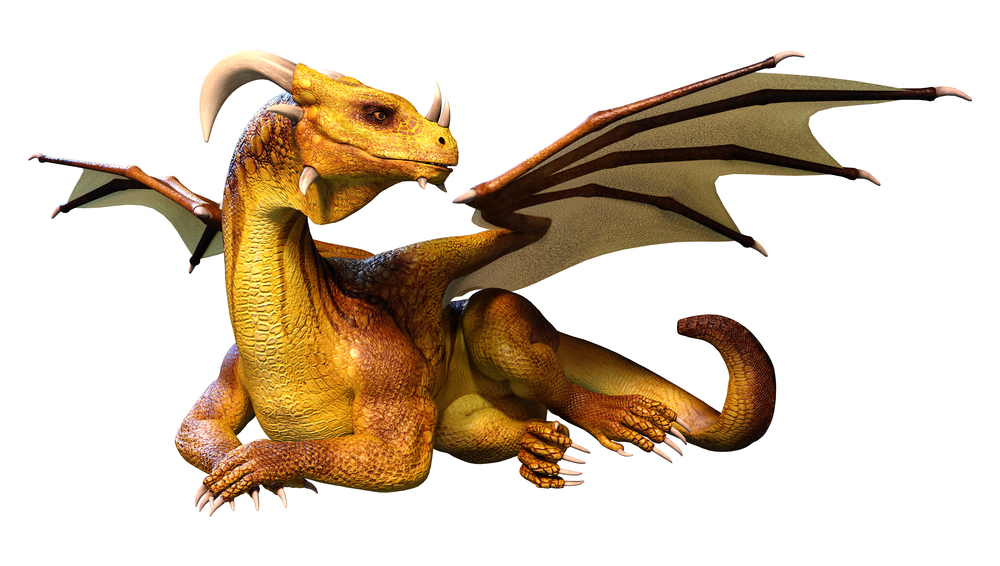
When you first get into bowling lane oil patterns, it's incredibly easy to become frustrated. But with clear explanations geared toward beginners, everything will click easier than you think. The oil pattern we'll be looking at in this article is the Dragon.
First, we'll tell you exactly what an oil pattern is, take a look at the technical bits of the Dragon oil pattern in simple terms, tell you how your ball will react to the lane conditions, and share how you should tackle this pattern.
Let's get right into it!
The term "oil pattern " refers to the lane's condition - specifically, how the oil on a given lane is distributed. The oil is used to protect the lane from wear and tear, and it also affects how your ball reacts when you bowl. The shape and location of the oil pattern can make it easier or more difficult to avoid the gutters and can greatly affect your score.
Oil patterns aren't laid down manually; a lane machine creates them. The machine coats the lane with oil in a specific pattern based on the bowling alley manager's preferences.
Contents
Dragon Oil Pattern- What Is It
Now that you know a little about oil patterns, let's get into the specifics of the Dragon. The Dragon oil pattern is a PBA (Professional Bowlers Association) pattern. It's 45 feet long - considerably longer than many other oil patterns.
And it incorporates a total oil volume of 25.6 ml, with 15.55 ml of forward oil and 10.05 ml of reverse oil. The oil is situated in the shape of a jagged pyramid. At the bottom of the pattern, there's a lot of combined oil (forward and reverse oil).
It extends from gutter to gutter, starting at the foul line to the 10-foot mark. Then, the combined oil tapers until about the 28-foot mark. There's also some reverse oil along the edges of the combined oil.
This is a lot to take in, so we understand if you'd need to see the pattern to get a better idea of its arrangement. So, what does this all mean?
The first thing you should know about oil patterns is that oily (darker shaded) areas reduce your ball's hooking potential, and dry patches (lighter shade) encourage stronger hooking.
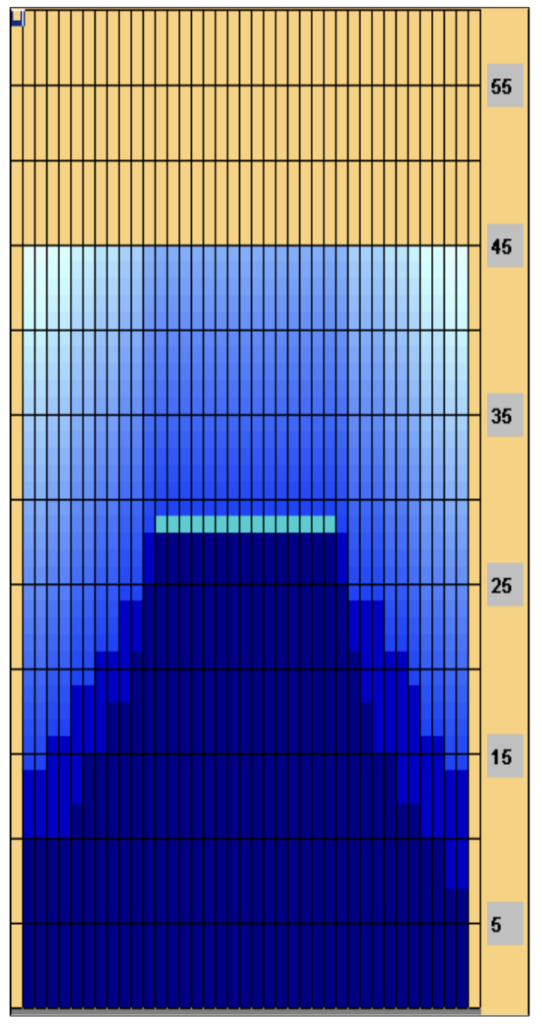
How Your Ball May React to the Dragon Pattern
With that understood, here's how your non plastic ball may react on this pattern; when you roll your ball down the lane, it will initially go straight for a while. That's because the beginning of the pattern is oil-heavy. Then, as it moves over the drier portion of the lane, it will begin to hook, unless your ball is plastic.
The key to doing well on this pattern is to use the right ball. Successful bowlers state that a ball with an asymmetrical core and a reactive coverstock is the best choice for the Dragon. It will power through that oil at the beginning of the lane and then make a strong turn at the end. An example is the Hy Road:
If you don't have an asymmetrical core ball, that's okay - you can still do well on this pattern. You can also play this oil pattern with a plastic or spare ball, which is ideal for a beginner. Just know that you may have a harder time getting a strike than someone who uses a ball with higher hook potential.
Note: The oil will dry up and or shift on the lane as you play on the pattern. So, if you keep bowling with the same ball the whole time, you'll have to adjust your approach and your throw to compensate for the oil shifting.
How to Tackle the Dragon Pattern
When it comes to the Dragon pattern, adaptation is critical. With such a problematic pattern, there are no easy tricks or hacks to mastering it. You'll need to be constantly aware of how the lane affects your ball and adjust your game accordingly.
You can also try the Rule of 31, which helps you find your breakpoint (where your ball needs to be before it starts hooking). It will give you the greatest chance of getting a strike. To get your breakpoint, subtract 31 from the length of the pattern.
In this case, the pattern is 45 feet long - 45 minus 31 is 14. So, you should aim to get the ball to hook at board 14.
This tactic may work at some points and not at others. And that's because lane conditions are constantly changing. And they change fast!
Even if you happen to find your stride after your first few throws, you may find that you've lost it again after another couple of throws. It can be a frustrating thing to deal with.
Is the PBA Dragon 45 Pattern Hard to Bowl On?
The Dragon pattern is considered one of the more difficult oil patterns. It isn't nearly as forgiving as other patterns, like your typical house shot. The main reason is that it's a long pattern and it's slick - this lane condition can prove to be tricky, even for experienced bowlers.
That being said, the pattern isn't impossible to bowl on. It just takes practice and understanding how your ball will react to the oil. For these reasons, the Dragon oil pattern is likely to be too difficult for the average beginner bowler.
If you're starting out, we recommend trying a more straightforward pattern before attempting the Dragon. You'll save yourself some frustration in the long run! Perhaps you'll be ready to take on the challenge of the Dragon oil pattern at some point in the future.
But beginners, beware - this one is definitely not for the faint of heart!
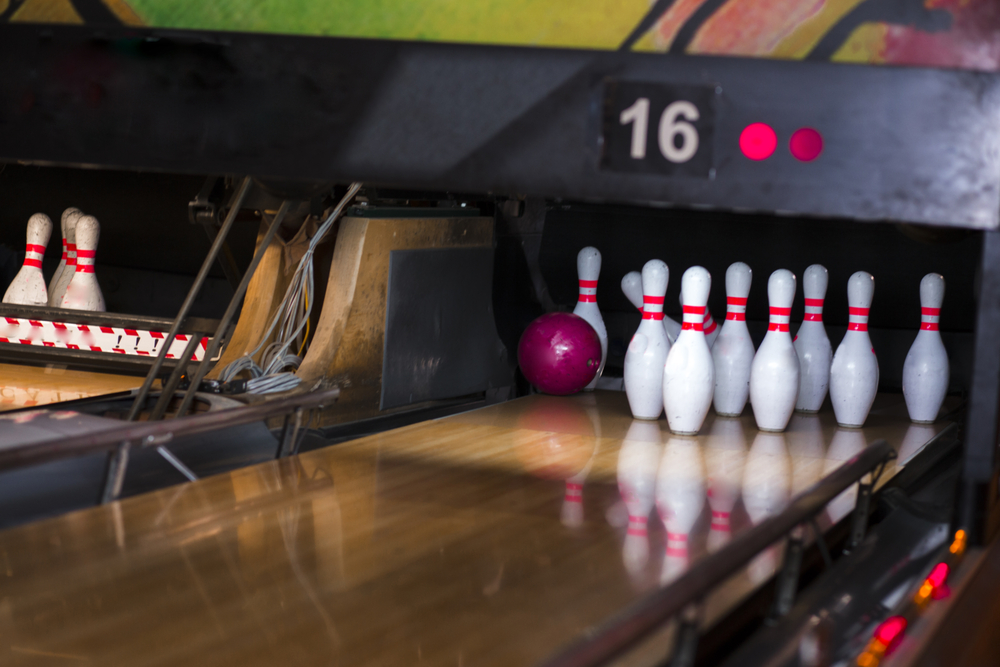
Pros and Cons of the PBA Dragon Pattern 45
Knowing the pros and cons of an oil pattern can help you decide whether or not it's the right one for you. Here are some things to keep in mind about the Dragon pattern:
Pros:
- The pattern is super challenging, which can be fun for experienced bowlers
- It's a great pattern for practicing your hook and refining your bowling skills in general.
Cons:
- The pattern is complex, which can be frustrating for less experienced bowlers
- It requires a lot of precision and can be unforgiving if you make even a tiny mistake.
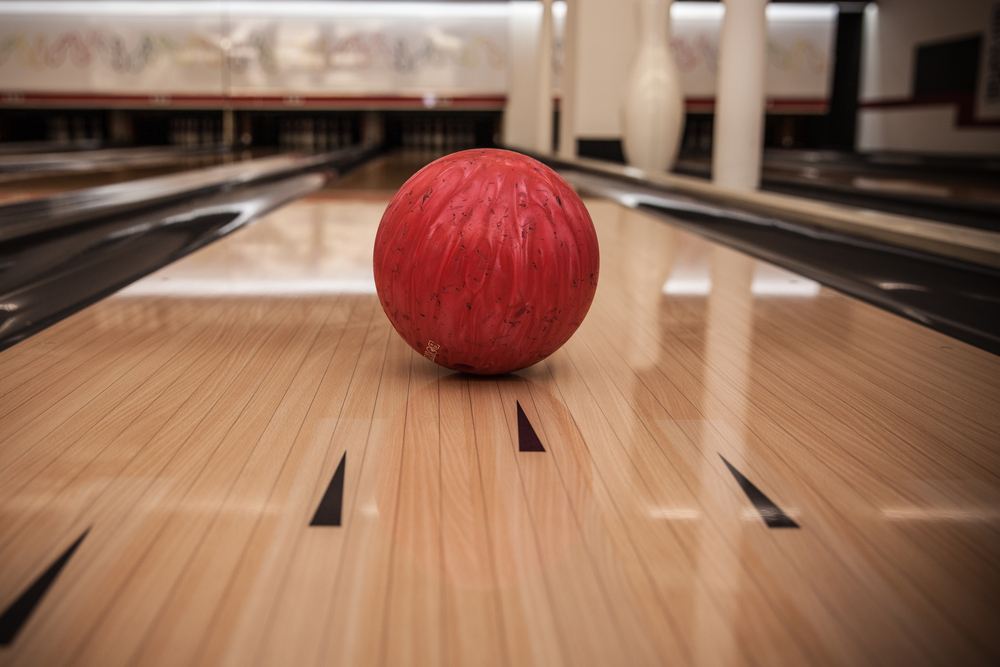
Which Bowling Pattern Should Beginners Use Instead?
We've been pretty clear about the fact that the Dragon pattern is not for beginners. But what oil pattern should you use if you're a beginner or novice bowler?
A good option for beginners is the house shot. House shots are typically shorter patterns with less oil variation, which makes them more forgiving and predictable. This means that your ball is less likely to end up in the gutter.
So, you'll rack up more points and deal with less frustration on an easier pattern. When you're bowling on the house shot, here are a few tips to keep in mind:
- Start with a plastic ball (house ball) and a straight throw if you're a complete beginner.
- If you want to try hooking on a house shot, you can try it with a house ball. But you'll have a much easier time if you use a urethane ball. It has more hook potential than plastic balls but not so much hook that you'll lose all control over your shots.
- Remain calm and focused, even if your ball ends up in the gutter a few times. It happens to everyone, especially when they're first starting out!
- Don't be discouraged if your score isn't as high as you'd like it to be on a house shot. Remember that you're bound to improve if you keep at it.
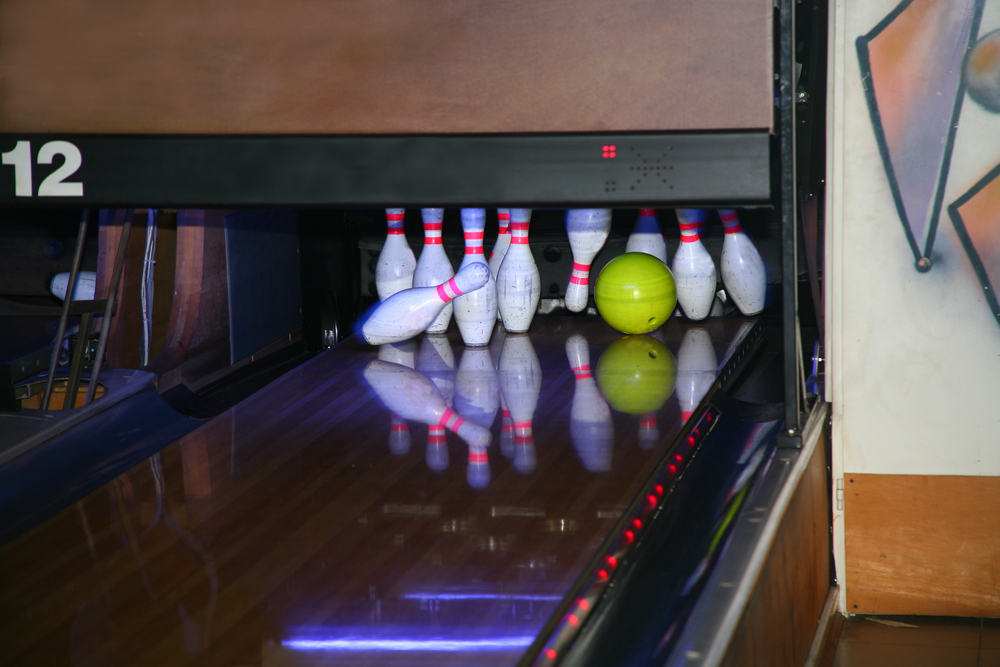
Related Articles
So, there you have it - everything you need to know about the Dragon oil pattern. This tricky pattern is definitely not for beginners, but it can be a fun challenge for experienced bowlers.
Though we don't recommend this pattern for beginners, that doesn't mean you'll never be able to bowl on it. With enough practice, anything is possible!
Good luck!
Kira Byrd, a Certified Fraud Examiner, holds a B.S. in Accounting from the University of Alabama at Birmingham. With a passion for bowling from her childhood, Kira has poured her expertise and personal experiences into creating and nurturing Bowling For Beginners. Kira's mission is to meet new bowlers where they are and guide them toward consistently achieving higher scores. With a focus on skill development and strategic techniques, she empowers readers to take control of their game and unlock their true potential.
Bowling For Beginners embodies strict editorial integrity, ensuring reliable and unbiased information. Kira's commitment to delivering valuable insights and practical strategies is reflected in every article. Here's an explanation of our editorial policy and how we get money.



